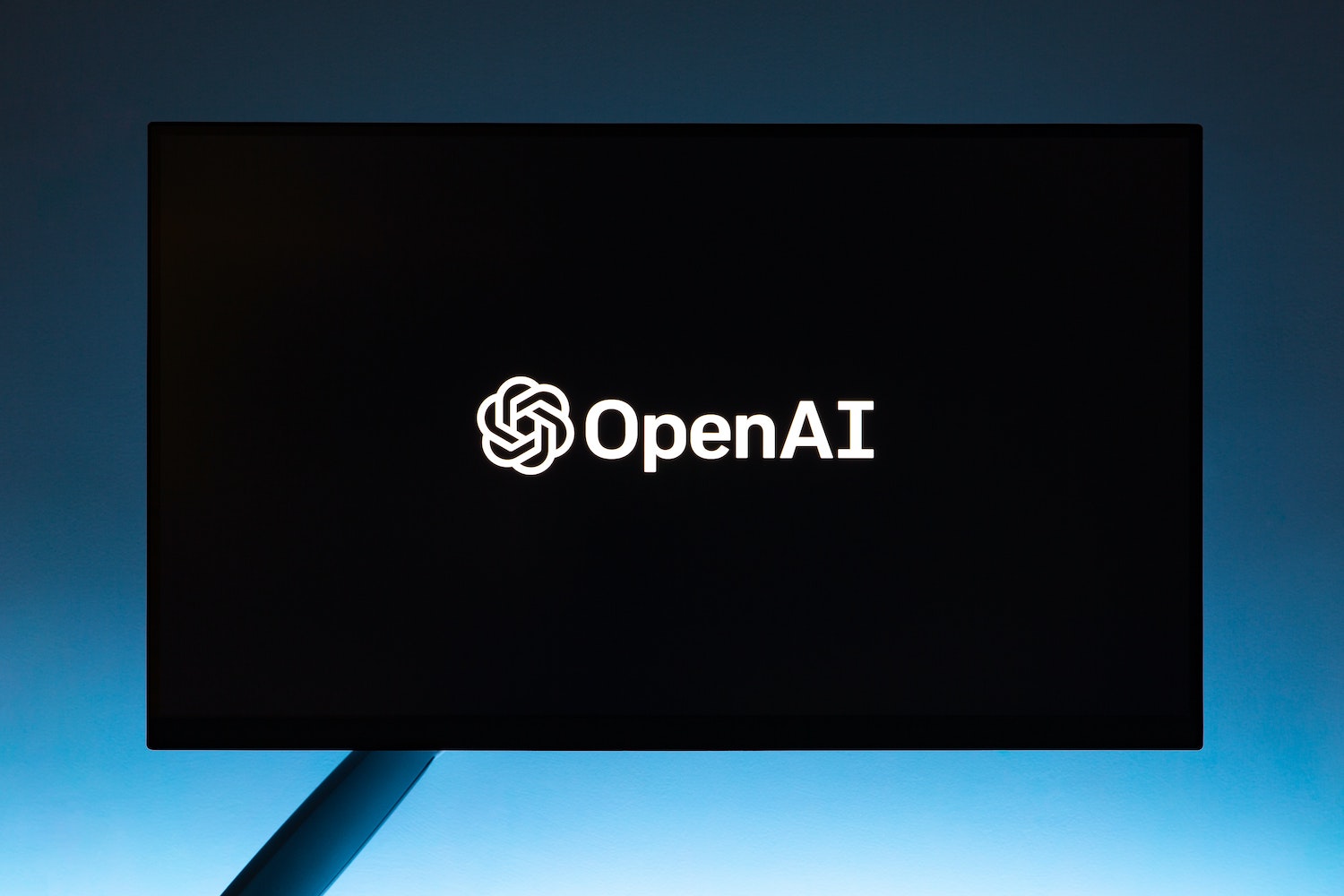ChatGPT: controlling the privacy of your chats

OpenAI, the leading artificial intelligence research laboratory, has recently launched a new feature that allows users to disable the chat history in their chats with OpenAI’s language model, ChatGPT. This new feature is an important step in addressing the concerns of companies who want to use the capabilities of ChatGPT, but are afraid of disclosing their own intellectual property (IP) to OpenAI, such as source code.
The fear of IP disclosure arises from the fact that any chat data that a person shares with ChatGPT could potentially be used to train the model and surface in future chats with other users. This, in turn, could lead to the exposure of the company’s confidential information, which could be a major concern for many organisations.
However, with the new feature, companies can now disable the chat history, which means that the chats with ChatGPT will not be stored and their content will not be used to train the models. This should allow companies to dismiss their fears and embrace ChatGPT, as they can now use its features without worrying about disclosing their IP.
The ability to disable the chat history in chats with ChatGPT should be a major boost for companies who want to use the capabilities of OpenAI’s language model, but are afraid of disclosing their IP. With this new feature, companies can now use ChatGPT without worrying about their confidential information being exposed, and can take advantage of the many benefits that AI technology has to offer.
For those using Azure OpenAI services, your data and the chat history are, by default, not used to train Microsoft’s or OpenAI’s models (or other customer deployments, for that matter), so the topic of IP leaking has never been a concern when using this corporate service.
This, however, requires the user to** remember** disabling the chat history. That will eventually lead to IP leakages when users chat with ChatGPT and forget to use this feature. Next up in OpenAI’s roadmap is ChatGPT for Business, which presumably will allow organisations to have central control over such setting and prevent users from interacting with the chat using the wrong configurations.
More about that HERE.
